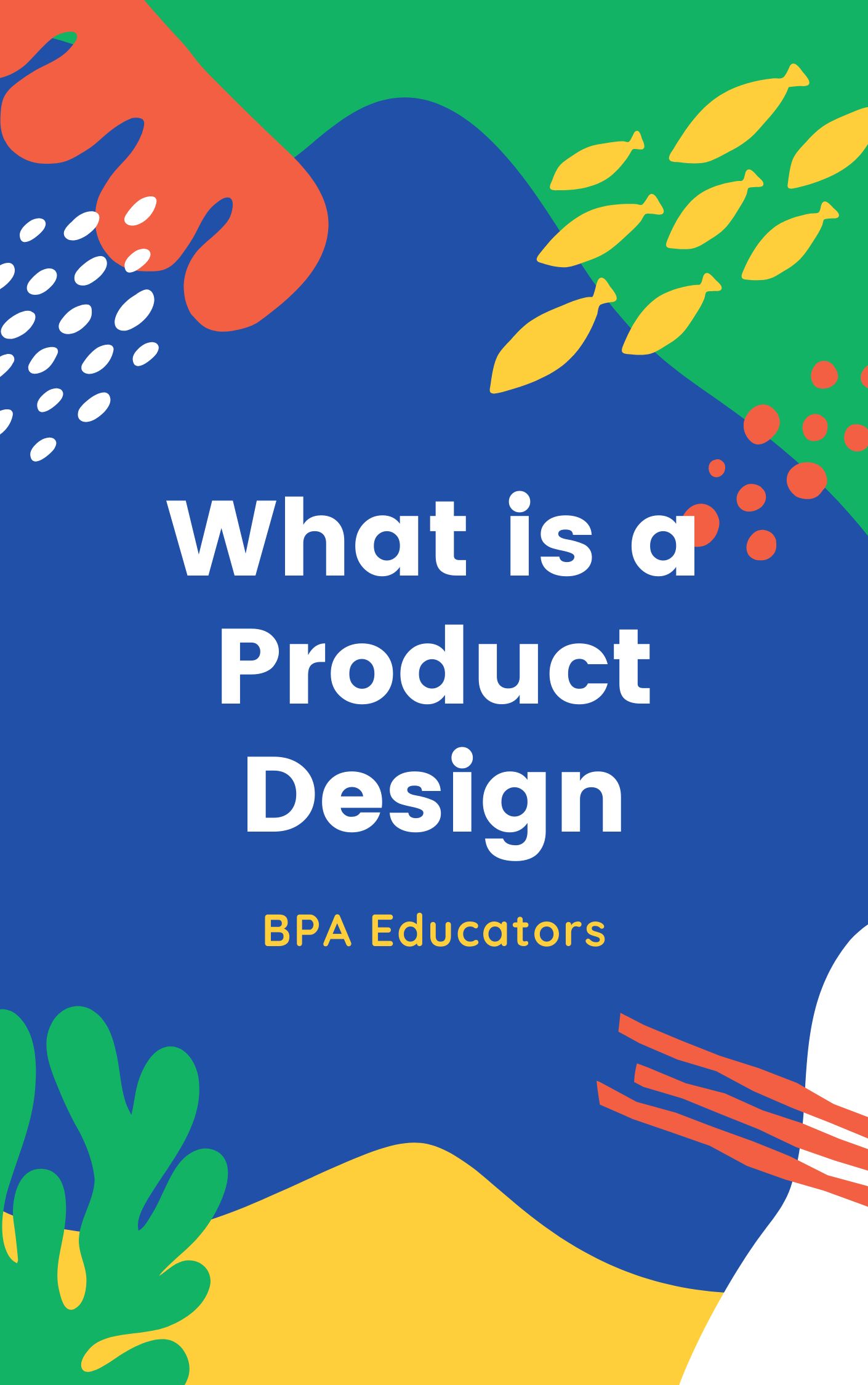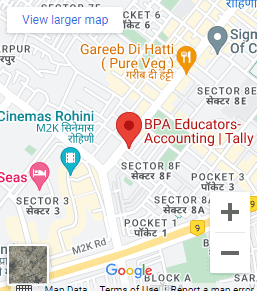Importance of Product Design Production or operations strategy is directly influenced by product design for the following reasons:
(i) As products are designed, all the detailed characteristics of each product are established.
(ii) Each product characteristic directly affects how the product can be made or produced (i.e., process technology and process design) and
(iii) Further, how the product is made determines the design of the production system (production design) which is the heart of production and operations strategy.
Moreover, product design directly affects product quality, production costs, and customer satisfaction. Hence, the design of the product is crucial to success in today’s global competition.
A good product design also can improve the marketability of a product by making it easier to operate or use, upgrading its quality, improving its appearance, and/or reducing manufacturing costs.
A distinctive design may be the only feature that significantly differentiates a product. An excellent design also includes usability, aesthetics, reliability, functionality, innovation, and appropriateness.
Further, an excellent design provides a competitive advantage to the manufacturer, by ensuring appropriate quality, reasonable cost, and the expected product features.
Firms of tomorrow will definitely compete not on price and quality, but on product design.
What Does Product Design Do?
The activities and responsibilities of product design include the following:
I. Translating customer needs and wants into product and also service requirements (marketing).
(i) Refining existing products (marketing).
(ii) Developing new products (marketing, product design, and production).
(iii) Formulating quality goals (quality assurance, production).
(iv) Formulating cost targets (accounting).
(v) Constructing and testing prototypes (marketing, production).
(vi) Documenting specifications (product design).
Reasons for Product Design or Redesign
Firstly, the most obvious reason for product design is to offer new products to remain competitive in the market. The second most important reason is to make the business grow and increase profits. Also, when productivity gains result in a reduction of the workforce, developing new products can mean adding jobs and retaining a surplus workforce instead of downsizing by layoffs/ retrenchment.
Sometimes product design is actually a redesign or modification of existing design instead of an entirely new design. The reasons for this include customer complaints, accidents or injuries during product use, excessive warranty claims, or low demand. Sometimes we also need to initiate the product redesign to achieve cost reductions in labor and material costs.
Objectives of Product Design
(i) The overall objective is profit generation in the long run
(ii) To achieve the desired product quality.
(iii) To reduce the development time and cost to the minimum.
(iv) To reduce the cost of the product.
(v) To ensure producibility or manufacturability (design for manufacturing and assembly).
Factors Influencing Product Design
(i) Customer requirements: The designers must find out the exact requirements of the customers to ensure that the products suit the convenience of customers for use. The products also must be in a design that is usable in all kinds of conditions.
(ii) Convenience of the operator or user: The industrial products such as machines and tools should be in such a design that they are convenient and comfortable to operate or use.
(iii) Trade-off between function and form: The design should combine both performance and aesthetics or appearance with a proper balance between the two.
(iv) Types of materials used: Firstly, the discovery of new and better materials can improve the product design. Designers also keep in touch with the latest developments taking place in the field of materials and components and make use of improved materials and product designs.




 Location
Location